How to grow catmint – expert advice for this fragrant perennial
Catmint is a great option for gardeners seeking low-maintenance perennial plants
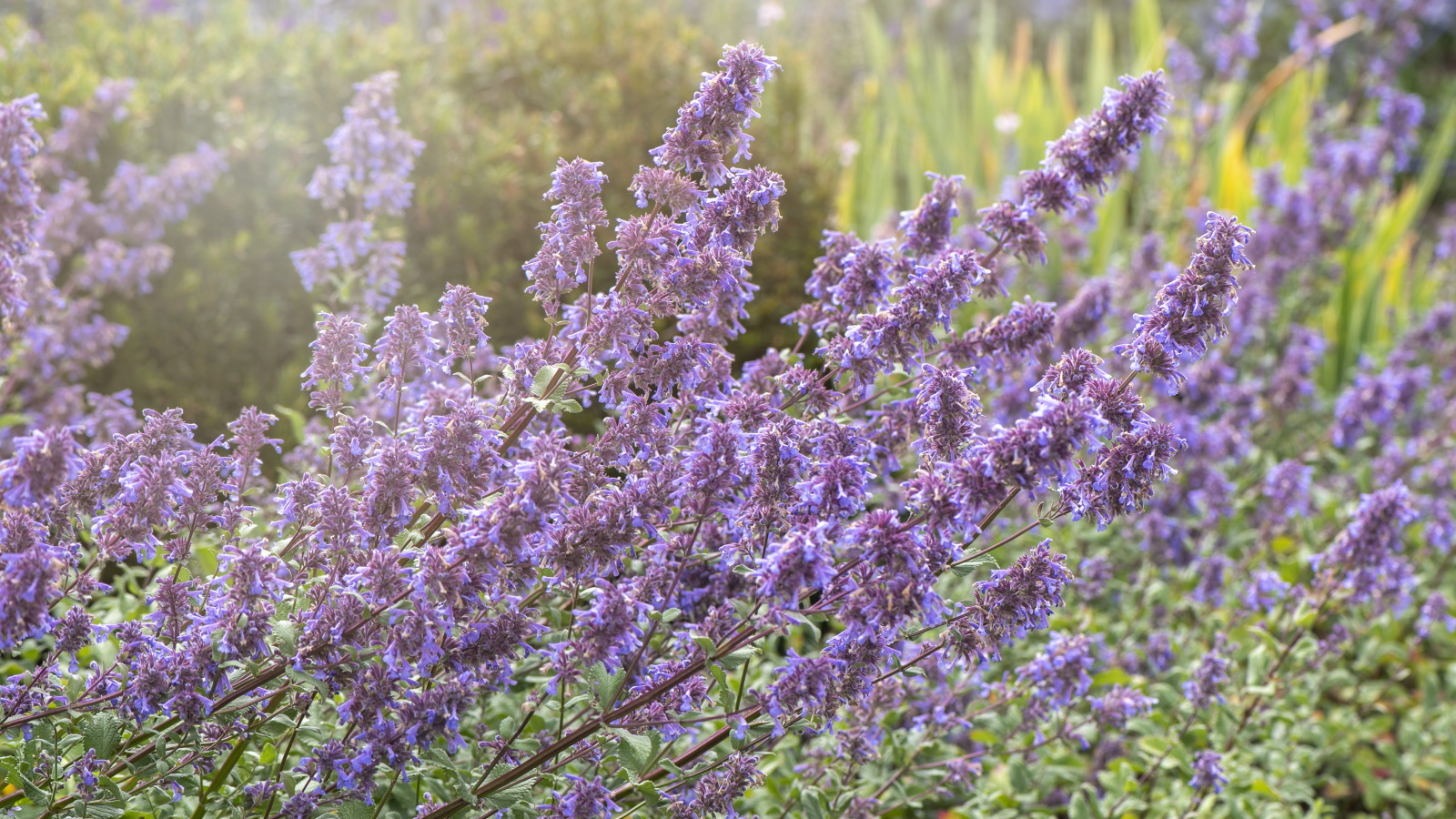

If you are looking for English cottage garden plants, I do not think there is anything better than the scent and sight of catmint tumbling over walls or edging the garden path. With silver-green foliage, attractive perfume, and trumpet-like lilac blooms, catmint is a real performer, earning its place at the front of the garden border.
This aromatic flowering perennial is a favorite of mine, having grown catmint in several gardens where I have worked as a professional gardener. Catmint, or Nepeta, is one of those long-flowering plants that can add color and interest for much of the spring and summer, and with the right care, catmint will not fail to impress both gardeners and cats alike.
Considered one of the best perennials, learning how to grow catmint is relatively straightforward, but there are a few things to know about soil, lighting requirements, and pruning that will ensure that your plants thrive. Here, garden experts share top tips to guarantee catmint success.
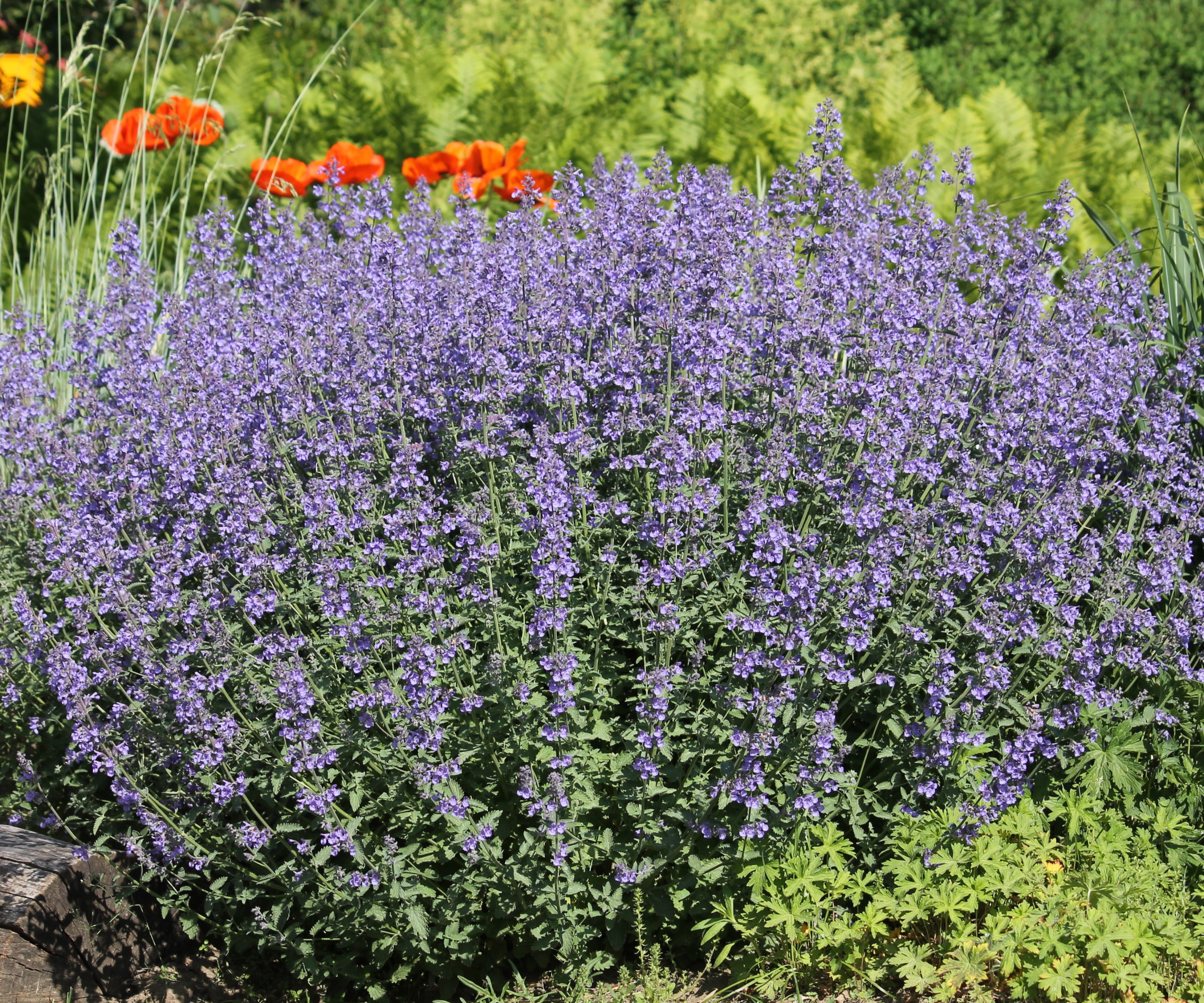
How to grow catmint
With scented foliage and flowers, catmint is a reliable plant for the backyard. This low-growing plant will form attractive and colorful clumps in the backyard, returning year after year. The common name, catmint, is a result of this plant attracting cats, so be warned, you might soon be attracting members of the local feline community to your yard.
What to know about catmint
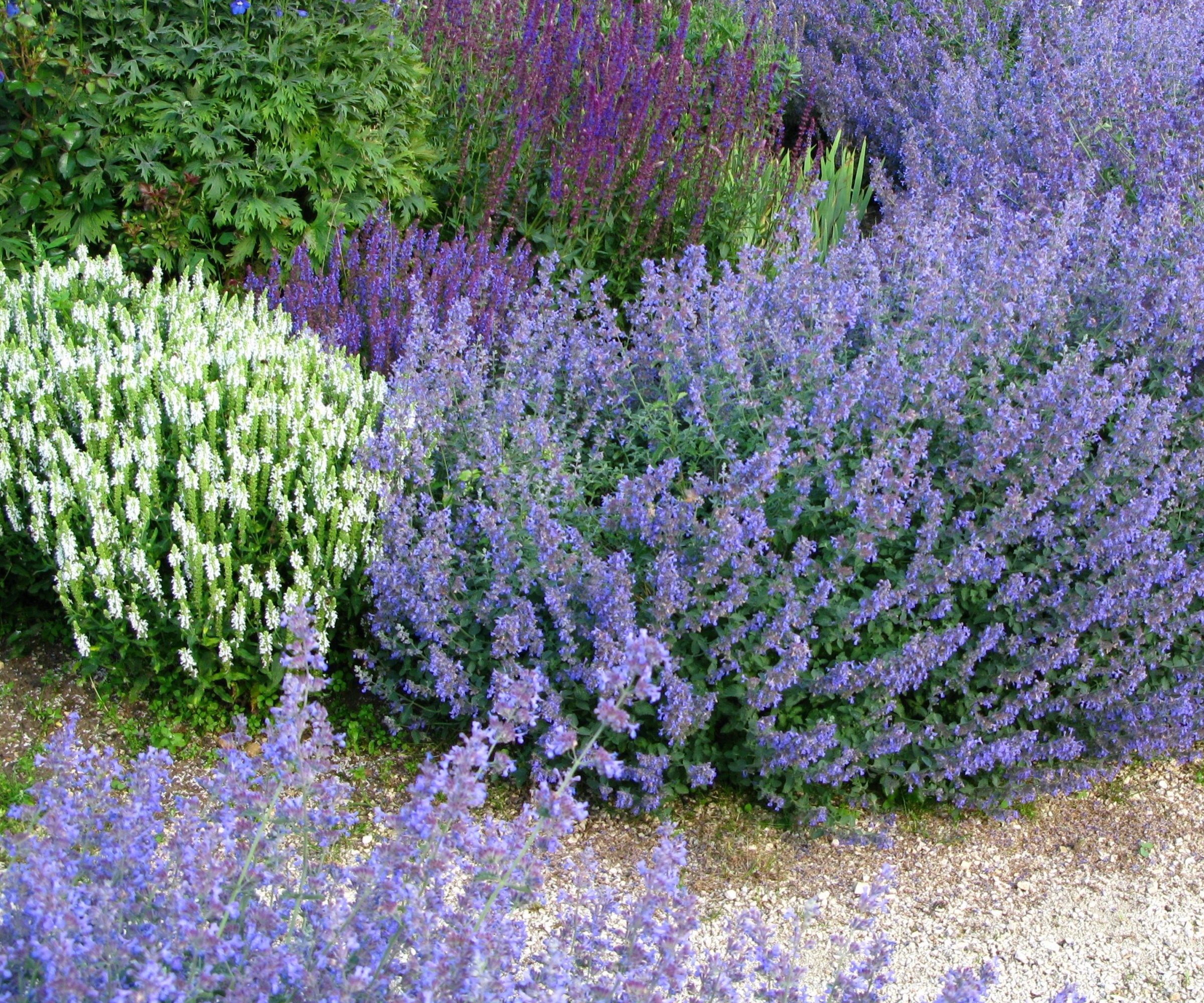
Catmint is a hardy and versatile flowering plant. 'Growing well in US hardiness zone 3 to US hardiness zone 8, catmint grows best in a sunny spot in the yard,' says Gail Pabst, gardening expert and Marketing Director for the National Garden Bureau.
Native to parts of Europe, Africa and Asia, Nepeta is a popular perennial, with different varieties grown in garden borders and containers across the world. One of the most popular and most used varieties is Nepeta racemosa 'Walker's Low', available as starter plants from Walmart. I have planted and grown this variety myself, and with the right care it flowers right through until fall.
'With the right maintenance, catmint will produce abundant summer flowers,' Gail adds. 'The trick is to know when to prune catmint at just the right time to encourage new growth.' Pruning in late winter or spring is generally recommended, but deadheading and trimming flower stems during the growing season can also help to encourage continued growth.

Gail is a passionate horticulturist with over 25 years' experience in the industry. She is an avid home gardener too and loves to try out the newest varieties and techniques. Gail is the Marketing Director for the National Garden Bureau and her work has helped her to continue their mission of inspiring, teaching and growing in gardening with others.
How to grow catmint
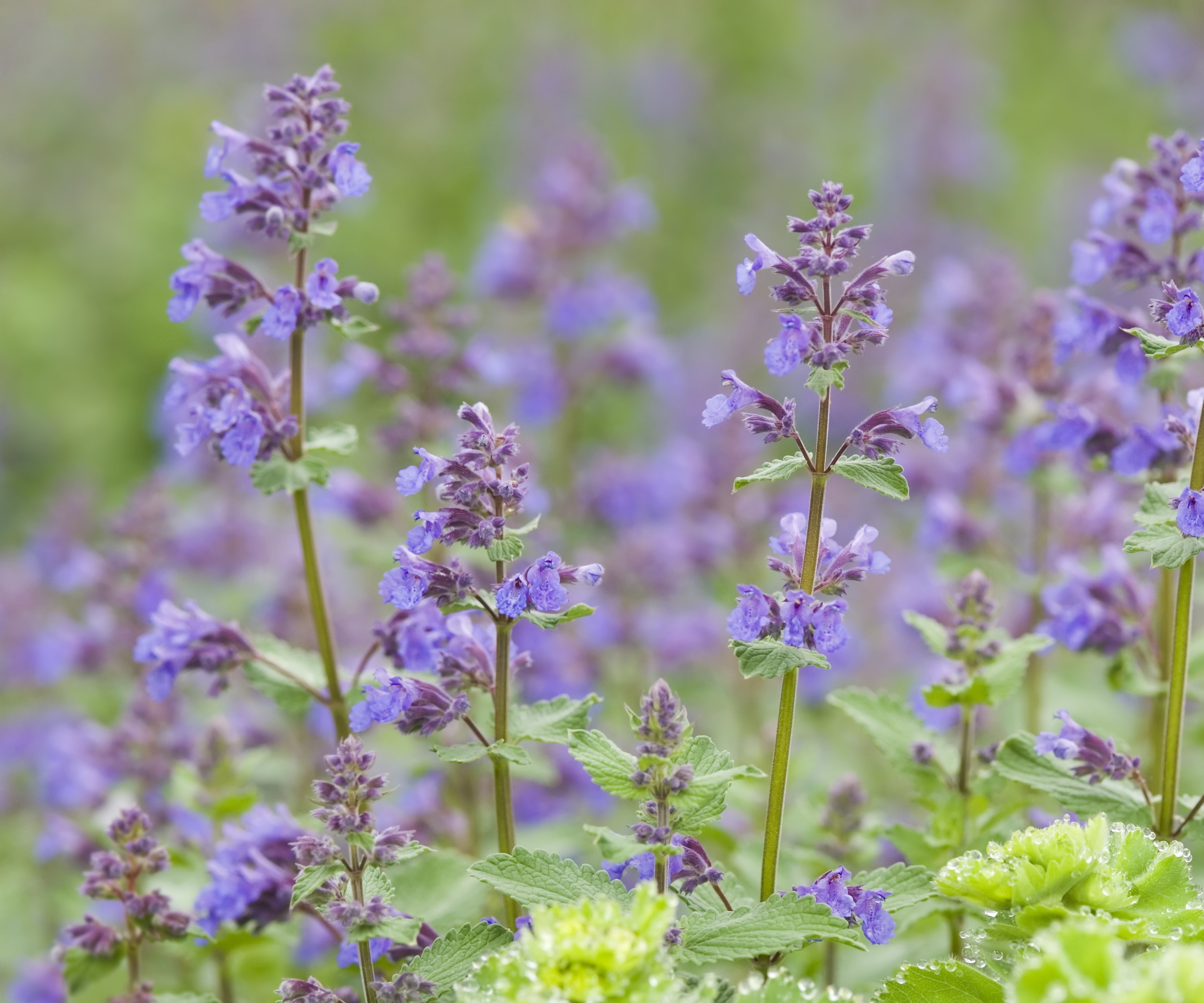
- Soil: Catmint, or Nepeta, must have free-draining soil. I have grown these Mediterranean plants in two different gardens when working as a gardener in Italy, and these plants tend to thrive in well-draining, loose, almost rocky soils. I would avoid planting catmint in heavy, clay-based soils, or any borders prone to waterlogging during the winter or spring.
- Light: 'Catmint plants need sunshine, and lots of it,' says Mike Murphy, garden expert and owner at You Had Me At Gardening. While these perennials can tolerate partial shade, 'yards in full sun will see the best results.'
- Watering: If you are looking to conserve water, catmint is a good perennial to plant. Considered drought-tolerant planting, catmint can grow fine with relatively little water during the spring and summer, as is common for plants with silver foliage. As with any newly planted perennials, I recommend watering at least once per week during spring and summer for the first year, just while they establish their root system.
- Fertilizing: Catmint is one of those plants that thrives on neglect. I would not advise fertilizing catmint, and this perennial grows just fine in nutrient-poor soils. One of the most common fertilizing mistakes is feeding plants when they do not need it, and with catmint, it is sensible to put the fertilizer back in the garden shed. For a boost, I would suggest annually mulching your borders in the fall or winter, which can help to improve the quality of your beds and provide everything that your perennials need. Mulch is available to buy online from Walmart.
- Pruning: 'March is the best time to prune catmint,' Mike continues. 'The trick is to prune your catmint plants just as new growth is beginning to emerge in spring.' Mike also recommends trimming your plants during the growing season, typically around May or June, to 'encourage vigorous growth and a second flowering later in the season.'

Mike grew up gardening with his parents and grandparents. He enjoys his backyard orchard of dwarf fruit trees, raspberry and blackberry patches, and raised garden boxes. In addition to his perennials, Mike enjoys sprouting new fruit and vegetable seeds every spring.
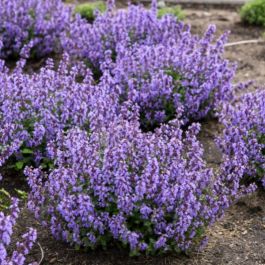
This catmint is prized for producing a mass of purple blooms for much of the spring and summer. What's more, pollinators will love it.
FAQs
Can you grow catmint in pots?
Yes, catmint can be grown in pots, which is a good idea for those gardeners with smaller yards. While catmint is a drought-tolerant perennial, plants grown in pots will require more water than if they were grown in the ground, so monitoring watering requirements is important during the summer months.
Catmint is a low-maintenance perennial that is sure to add color and fragrance to any yard. For more information about using fragrant perennials, see our guide on how to design a fragrant garden, and fill your outside space with perfume this year.
Sign up to the Homes & Gardens newsletter
Design expertise in your inbox – from inspiring decorating ideas and beautiful celebrity homes to practical gardening advice and shopping round-ups.

Thomas is a Content Editor within the Gardens Team at Homes and Gardens. He has worked as a professional gardener for both public spaces and private estates, specializing in productive gardening, growing food and flowers. Trained in Horticulture at the Garden Museum, he has written on gardening and garden history for various publications, including The English Garden, Gardens Illustrated, Hortus, The London Gardener and Bloom. He has co-authored a Lonely Planet travel book, The Tree Atlas, due out in 2024.
-
 5 things people with clean mudrooms always do – it will consistently and easily keep dirt at bay
5 things people with clean mudrooms always do – it will consistently and easily keep dirt at baySay goodbye to muddy spring foot prints with these expert-approved tips
By Eve Smallman
-
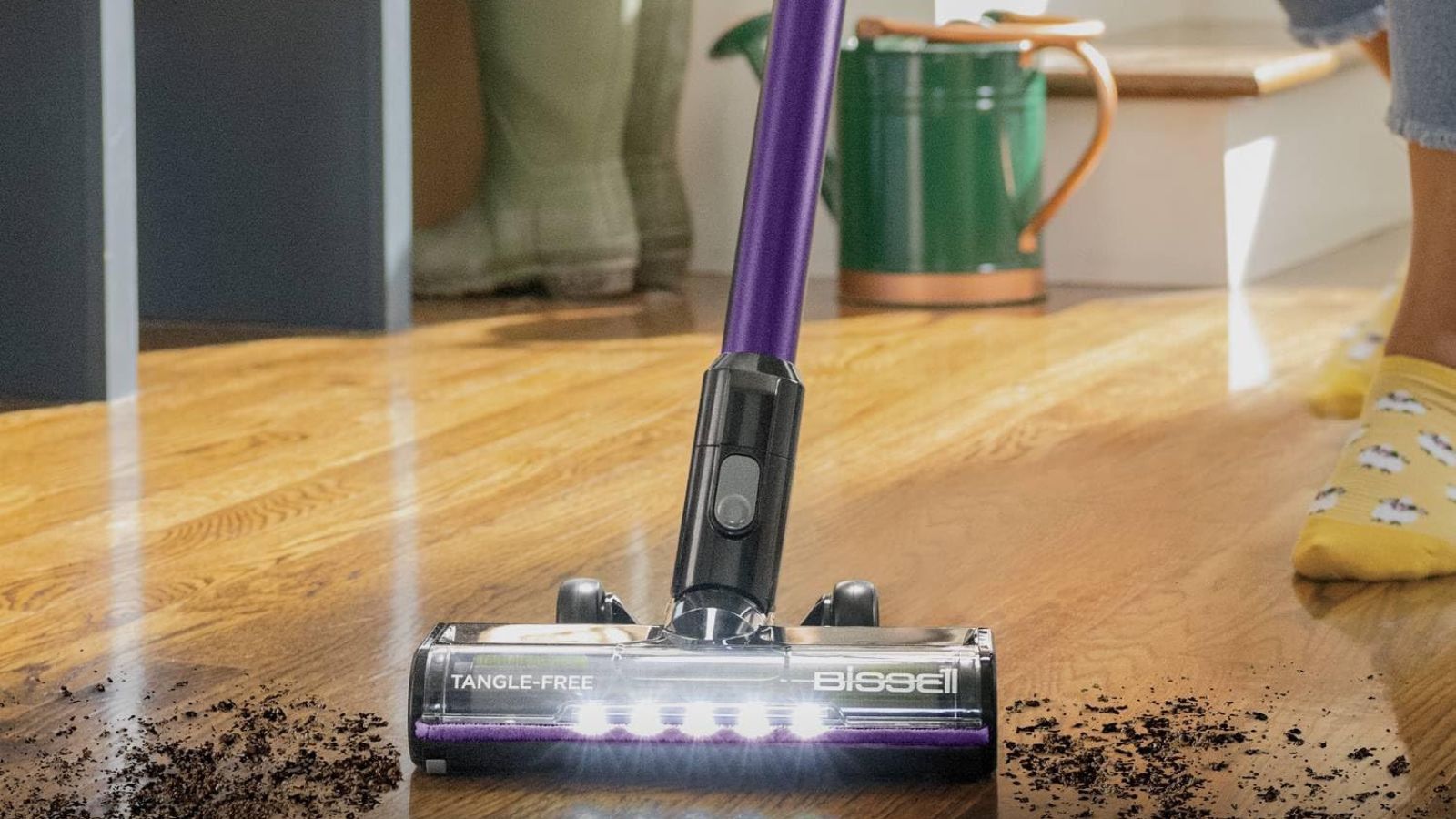 Bissell CleanView XR Pet 300W Stick cordless vacuum review – it's a great budget vacuum, but by no means perfect
Bissell CleanView XR Pet 300W Stick cordless vacuum review – it's a great budget vacuum, but by no means perfectLow price point, but with the cleaning performance to match it
By Camryn Rabideau
-
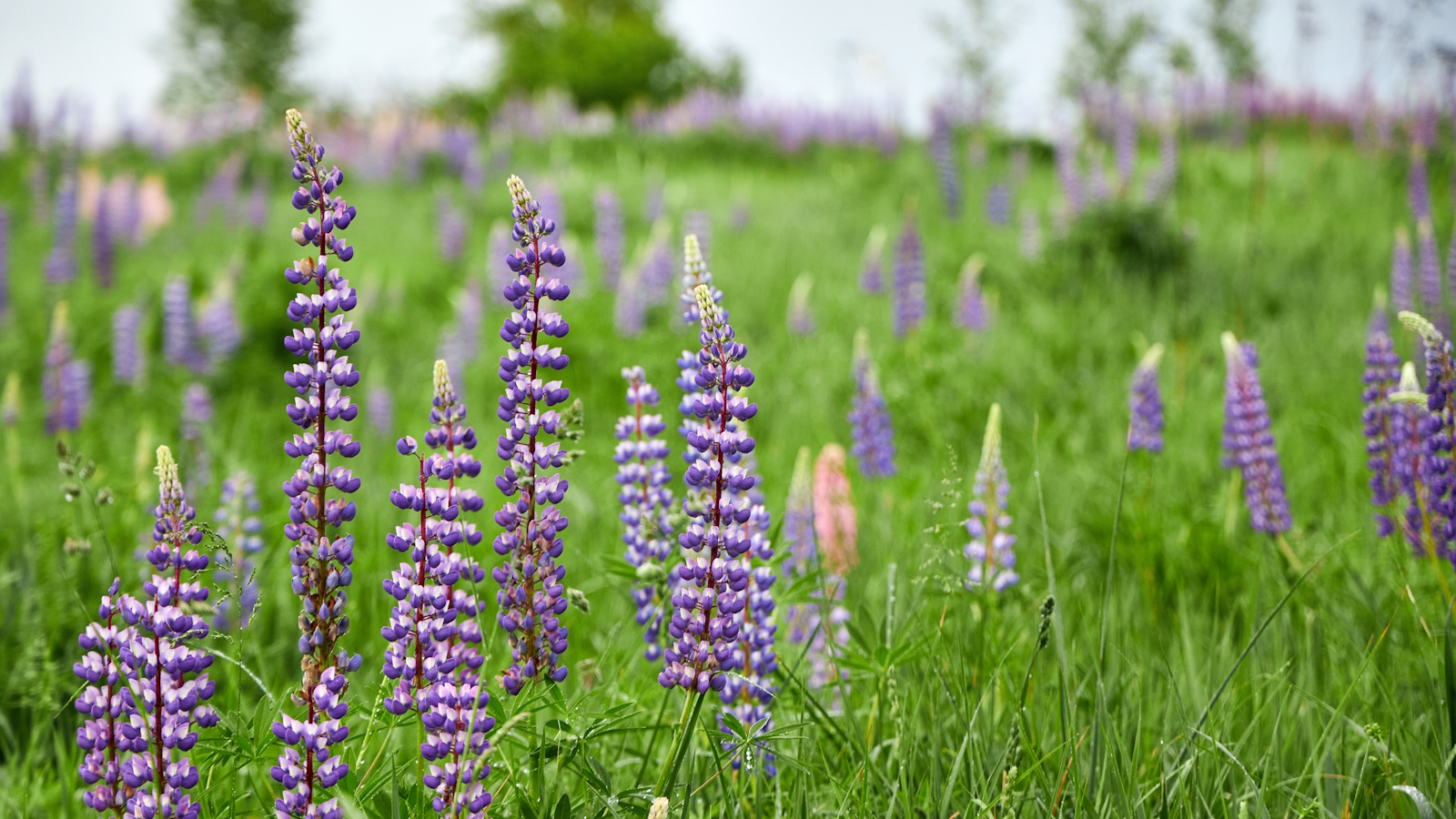 How to grow lupine – expert advice on growing this dramatic and vibrant cottage garden flower
How to grow lupine – expert advice on growing this dramatic and vibrant cottage garden flowerVibrantly colored flower stalks make swathes of lupines a sight to see in meadows and cut flower gardens alike
By Ellen Wells
-
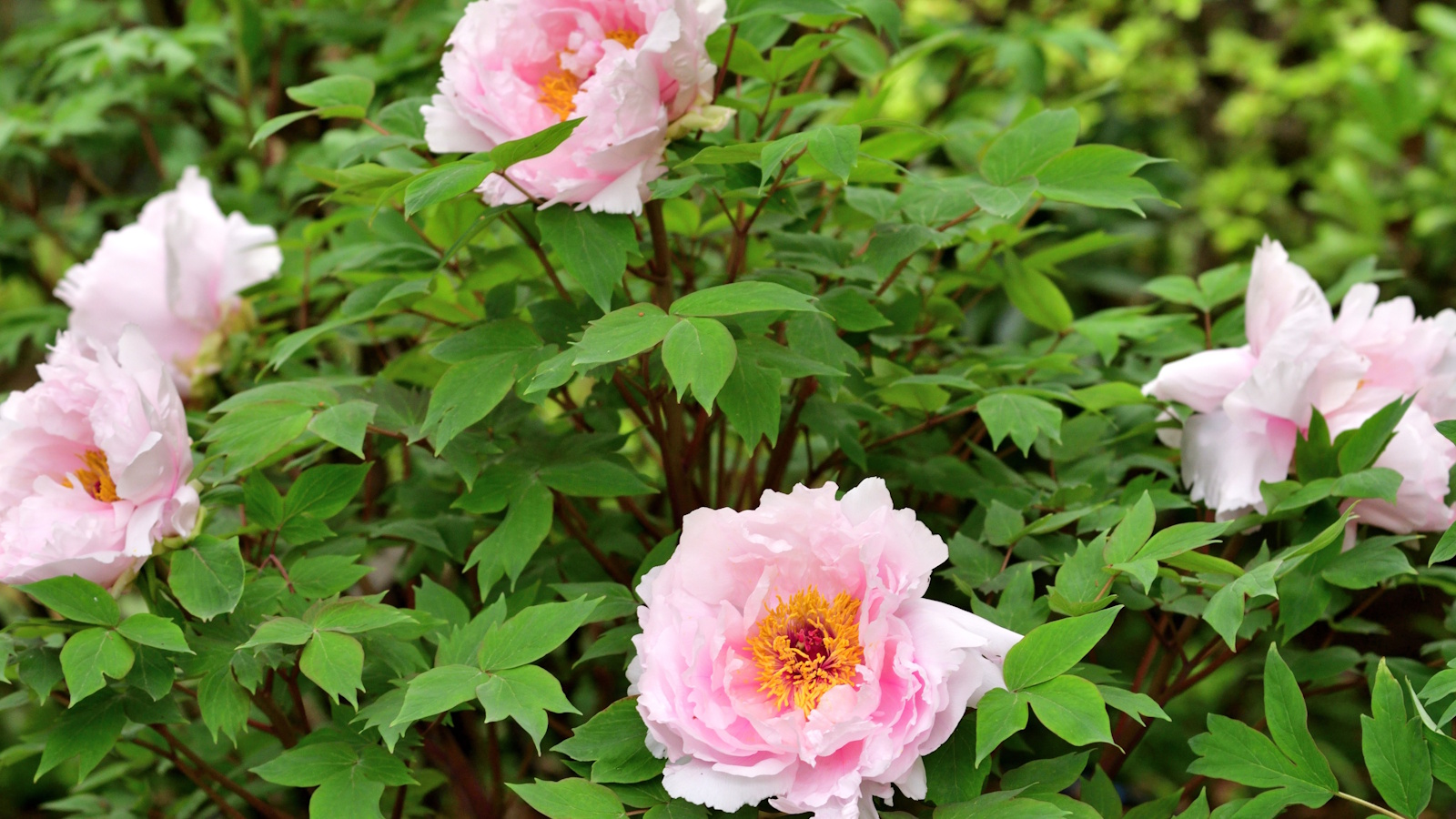 How to grow tree peonies in pots – for a show-stopping shrub that will thrive in partially shaded yards
How to grow tree peonies in pots – for a show-stopping shrub that will thrive in partially shaded yardsWith large, saucer-like blooms, tree peonies are the ultimate flowering shrub
By Thomas Rutter
-
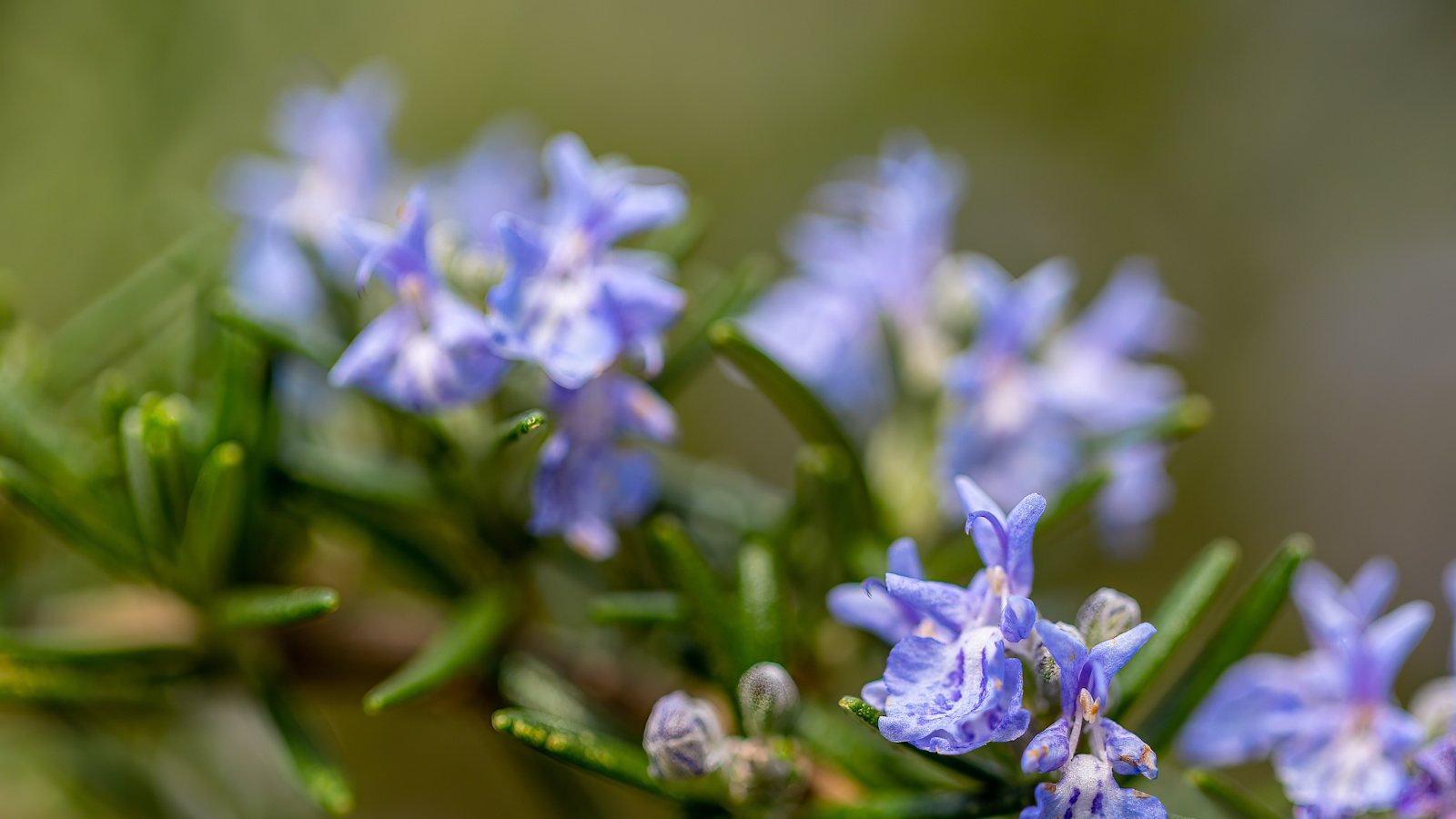 Can you revive woody rosemary plants? Expert pruning advice from a professional gardener to save old, leggy herbs
Can you revive woody rosemary plants? Expert pruning advice from a professional gardener to save old, leggy herbsWith the right pruning approach, old and woody rosemary plants can be brought back to life
By Thomas Rutter
-
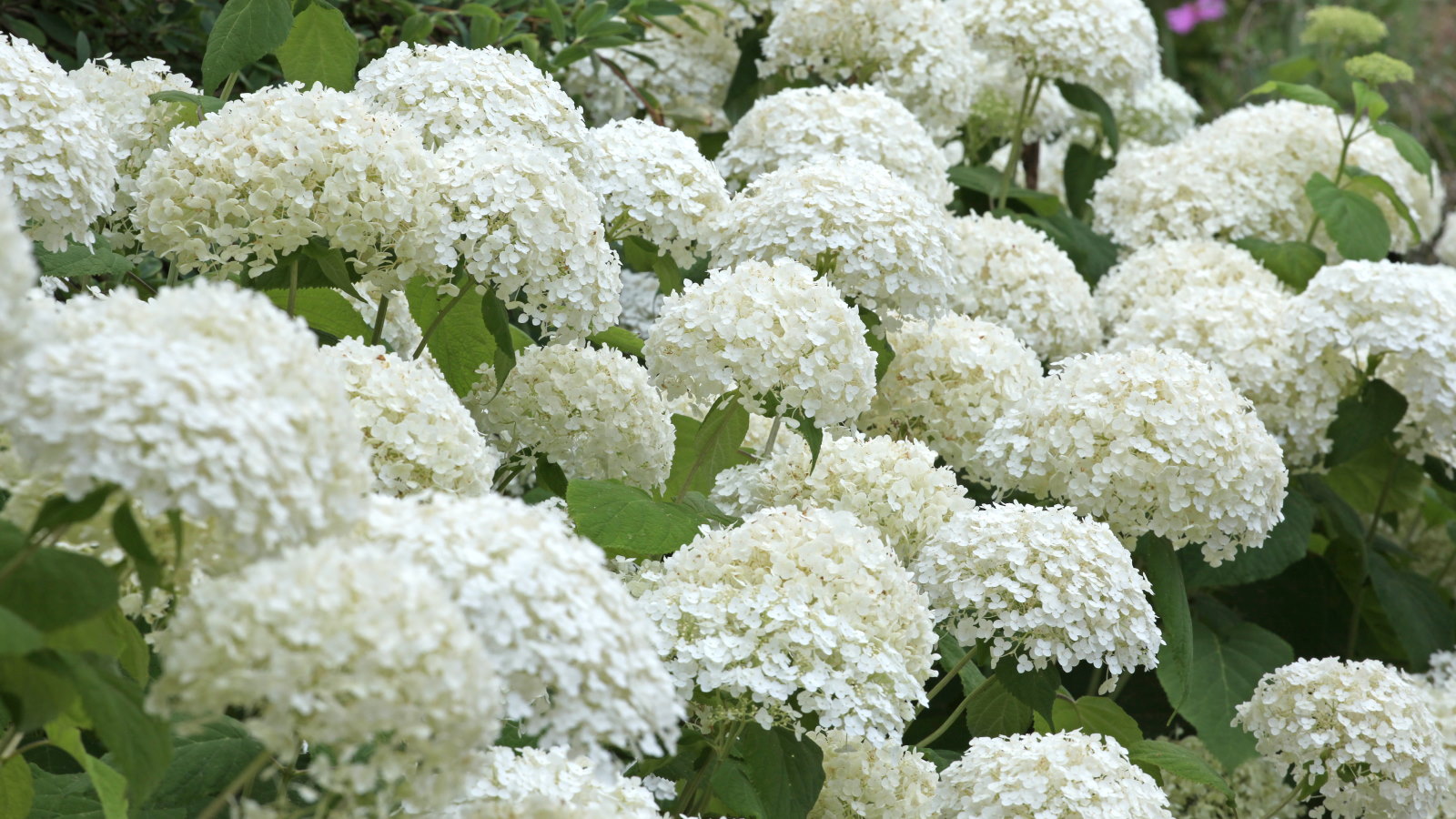 Your hydrangeas will flourish with bigger blooms and healthier growth thanks to this 1 natural material that is easy to use
Your hydrangeas will flourish with bigger blooms and healthier growth thanks to this 1 natural material that is easy to useDiscover why you should be using leaf mold to mulch hydrangeas
By Drew Swainston
-
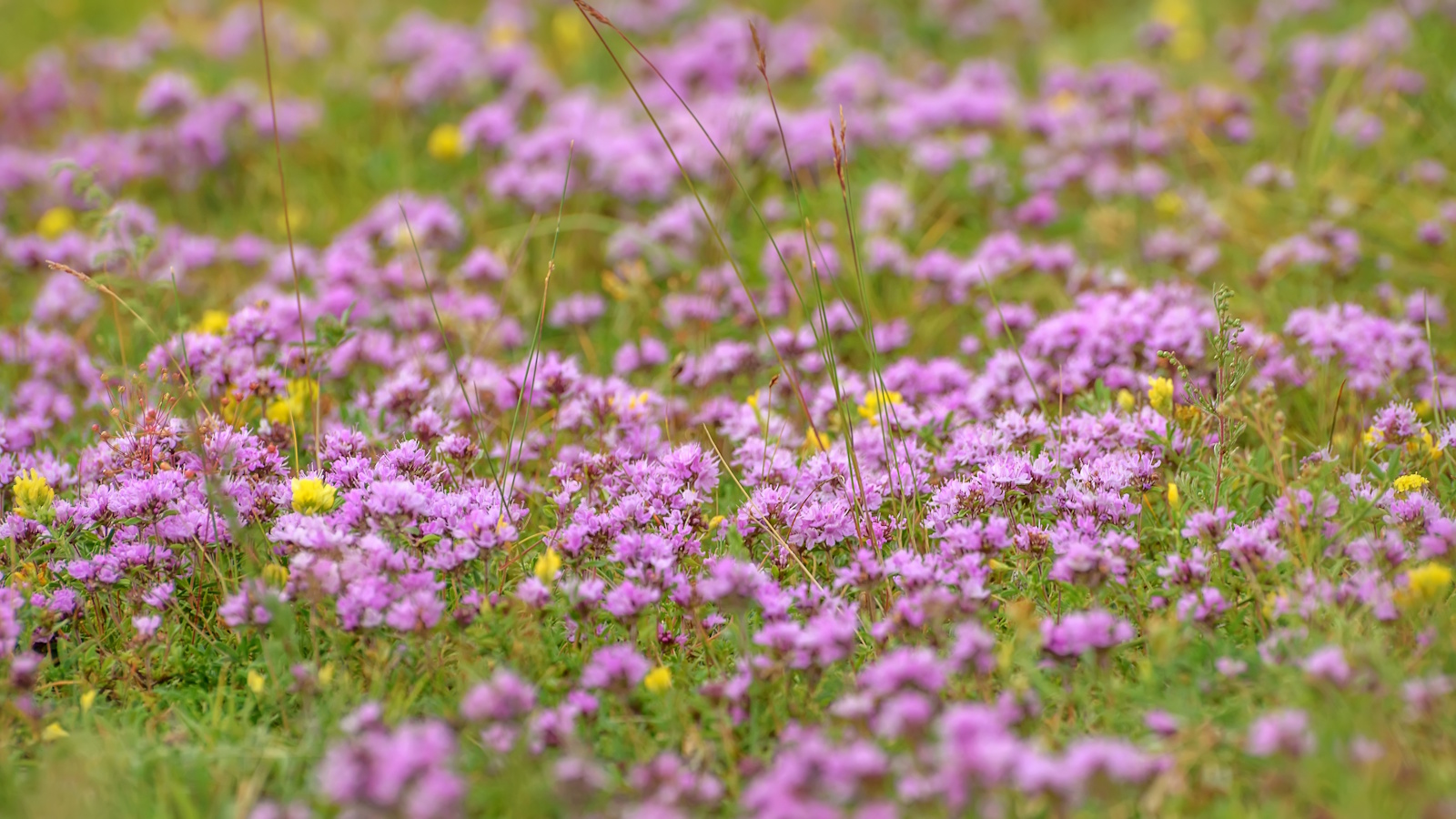 5 fast-growing tiny flowers – expert recommendations to fill your pots and borders with color in record time
5 fast-growing tiny flowers – expert recommendations to fill your pots and borders with color in record timeThese fast-growing tiny flowers prove that miniature can also be marvelous
By Thomas Rutter
-
 How to grow sassafras – for a low-maintenance native tree that can even be planted in shady yards
How to grow sassafras – for a low-maintenance native tree that can even be planted in shady yardsFor an easy-to-grow North American tree, you will not find much better than sassafras
By Thomas Rutter
-
 How to grow crepe myrtle in pots – and transform even the smallest of yards with dazzling flowers this summer
How to grow crepe myrtle in pots – and transform even the smallest of yards with dazzling flowers this summerGrowing crepe myrtles in pots will inject splashes of brilliant color into your outside space
By Thomas Rutter
-
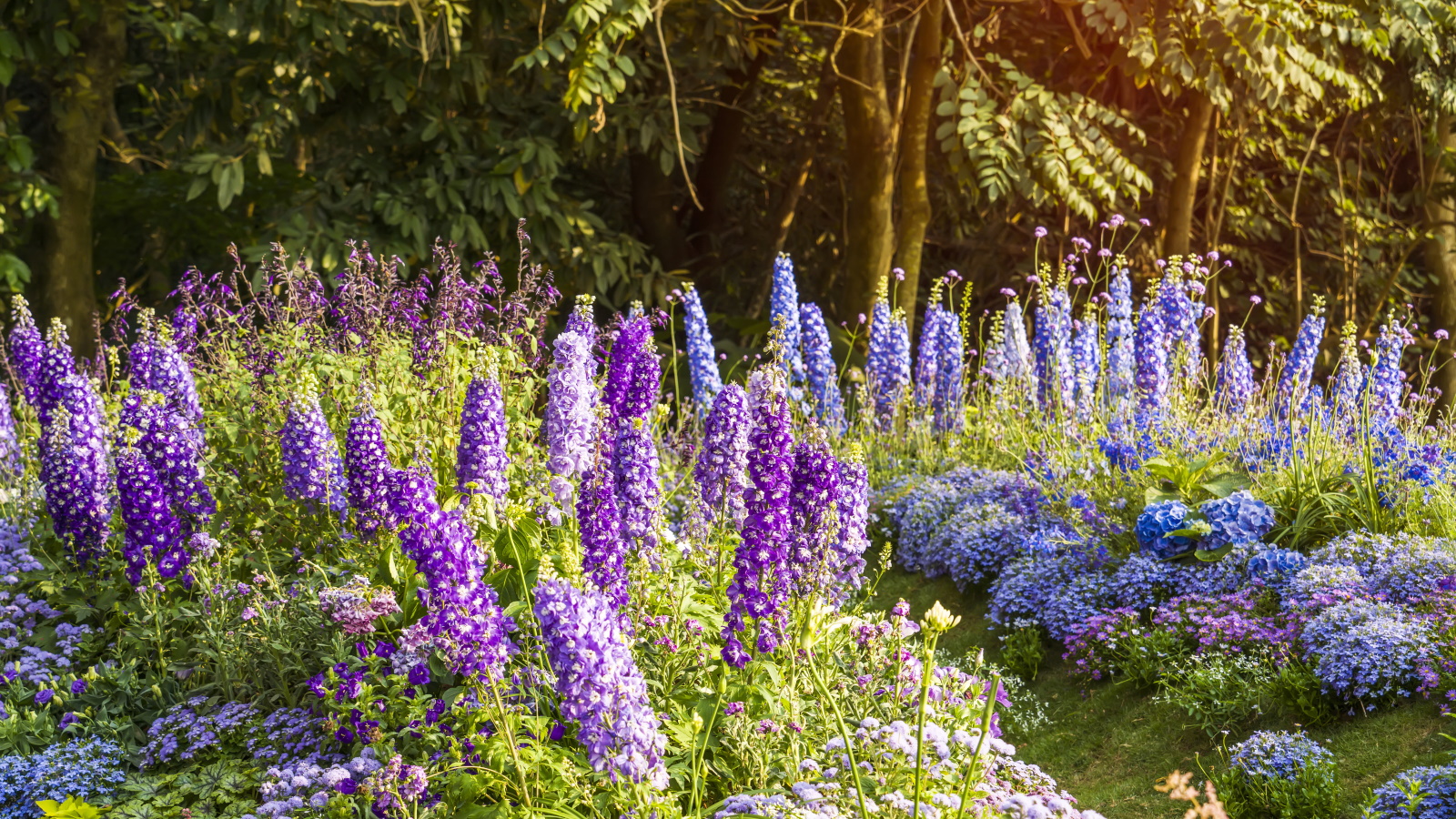 Best types of delphiniums – 14 stunning varieties for vibrant flower spikes in your yard
Best types of delphiniums – 14 stunning varieties for vibrant flower spikes in your yardPlants Here are our top types of delphiniums for brightening summer borders
By Holly Crossley